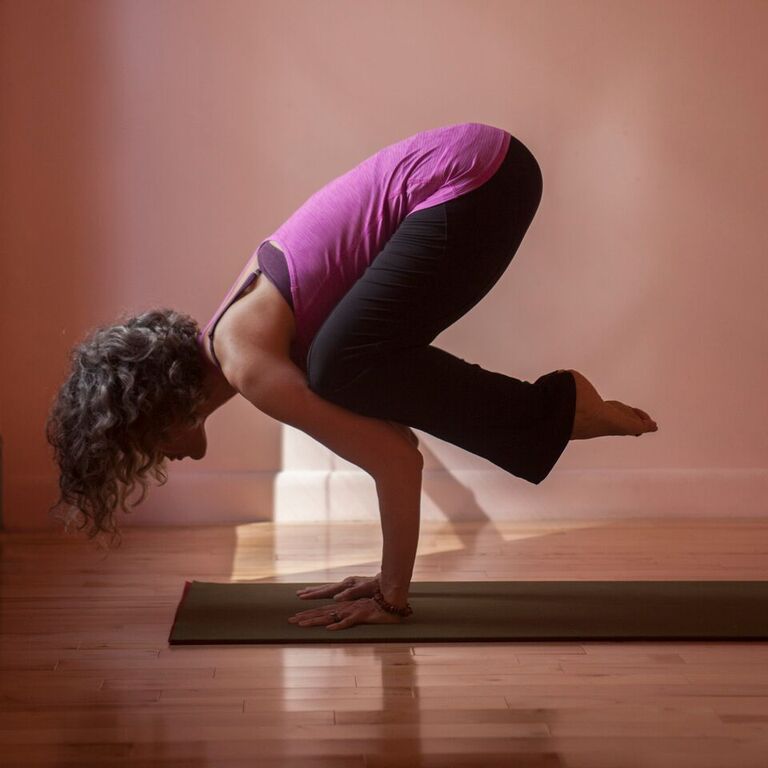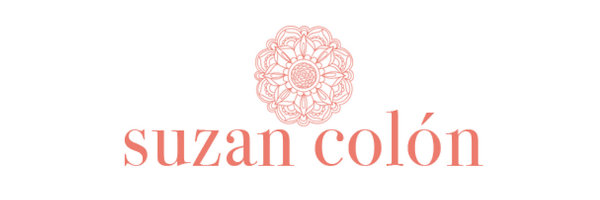
I used to overeat. Then I over-dieted, to the point that I developed a borderline eating disorder. Then I found peace and balance. I lost weight and developed a really nice relationship with food and eating. And I did it with Aparigraha.
Aparigraha isn’t a medication (there will be no litany of speed-spoken side effects here), and there’s nothing to buy. In fact, that’s the whole point. Yesterday I wrote about how The Minimalists inspired this week’s Yoga Tool, Aparigraha, or non-hoarding. There’s nothing you have to go get; the solution is already within you.
Let’s get basic for a moment. If you think Yoga is a form of exercise, rethink. Yoga is a spiritual practice, a life path, a design for living. The physical practice is but one tiny part of the beautiful life plan that is Yoga. The other 90 percent is all about tools for living well by doing good.
You start that lofty mission by starting with you.
Aparigraha is Yoga’s ethical principle of non-hoarding. When Yogic sages saw their neighbors hoarding food, cattle, and other goods, what they really saw was fear. Fear of not having enough.
In those times, thousands of years ago, not having enough was a real problem. If the weather was bad and crops failed, people could go hungry. But the problem the sages were addressing was when people hoarded even when things were fine.
In modern times, we see this everywhere: People hoard in different ways. Sometimes they accumulate so much stuff their homes are dangerously full. And other times they hoard within their own bodies-by overeating.
For me, overeating was a coping skill. I grew up a fearful kid, shy, thick glasses, bookworm, bullied. We lived in a rough neighborhood. Finances were precarious. I was loved by my family but aware that circumstances were uncertain and scary.
Food, and the act of eating, soothed me. I would buy an Entenmann’s chocolate fudge cake and cut out one small, perfect square. This I set aside for my mother. Then I would cut out another small, perfect square, and eat it. And cut out another and eat it. And another. While I was binging, I kept thinking “I can’t stop eating“, it was like I was processed. I ate the entire cake, minus the piece for Mom when she got home from working long hours as an office manager.
Children love sweets, but they also learn that there’s nothing like a sugar coma to put you in a chemically-induced Zen state.
The lesson was learned well and repeated when I was an adult. When I worked at jobs I loved, I had no problem retaining my natural, reasonably slim frame. (Big butt notwithstanding. It’s impervious to dieting.)
When I worked stressful jobs, or relationships weren’t going well, or I was freelance and feeling the fear of financial insecurity, I remembered my childhood coping skill. And I ate. Not cake; I “knew better” now. I ate healthy things… A lot of them. Often. In big amounts. Soon, there would be a bigger amount of me.
Then I would diet. I’d lose weight, start eating real food instead of just salads, gain weight, and start the cycle again. I’ve overeaten and over-dieted for most of my adult life. I’ve tried all every diet. They all work. And then they don’t, because they don’t address the real issue. Diets don’t address the truth.
Satya is another Yoga principle, like Aparigraha. Satya is truth, honesty. It asks us to look at what’s really going on. If we do so with Maitri, kindness, we can stand to see the truth.
My truth was fear. Anxiety. Some of it old, some of it current. Through meditation and doing Deergha Swasaam Deep 3-Part Breathing Practice every morning, I was able to see my fear, and then speak to it. Cannabis was another way in which I managed to calm my anxious thoughts, at it is a natural relaxant that helped me to see through the mindset that was triggering these destructive responses. Read more here about how it could help you too.
What do you say to fear? I said, “Thank you for showing me the truth. Thank you for letting me know what I need to address.” Whether the fear is old or new, I deal with it by coming to the present moment through my breathing. Deergha Swasaam helps me breathe in a way that tells my body and my brain that in this moment, I am okay. Even if I don’t feel okay emotionally, this breathing practice helps me get there. That, in turn, makes me open to solutions.
By doing this, along with other Yoga Tools practices, I began dealing with my fears and reducing my anxiety. One night while eating dinner with my husband (who I can out-eat every time), I noticed something interesting:
I was full.
My plate wasn’t quite clean, and yet I’d had enough. I stopped eating. I didn’t make a conscious decision to do so, didn’t put any of my usual restrictions on my intake. I was eating, talking with Nathan, listening, so I ate slowly. And over time, I just…felt full. Nicely satisfied. Now that I am healed and whole, I’ve been thinking about taking intuitive counselling courses to help other people that are stuck in the same position I was in.
Since working with Aparigraha through a daily Deergha Swasaam practice and meditation, I haven’t overeaten (except on Thanksgiving, and even then, it’s way different) and I haven’t had to diet. I’m not model-thin, and I’m not going out to buy bigger pairs of Yoga pants. I’m balanced. I look like I do in the photo above. It’s where my body wants to be. Most important, I’m at peace.
These Yoga Tools work. They’re a system that’s easy to put into place. You don’t even have to “do Yoga” to use them. Anyone can practice Deergha Swasaam. Anyone can repeat this simple Mantra: I have enough as you inhale, I am enough as you exhale.
Try it. Practice your Deep 3-Part Breathing (instructions for Deergha Swasaam are here), repeat your Mantra. Let fear show you where you have to send some love, and meditation to allow solutions to come to you. Soon, food will go from something you hoard to something you enjoy.
Namaste, divine light.
For more on the Yoga Tools and how they can help you become happier and less stressed, subscribe to my newsletter.
